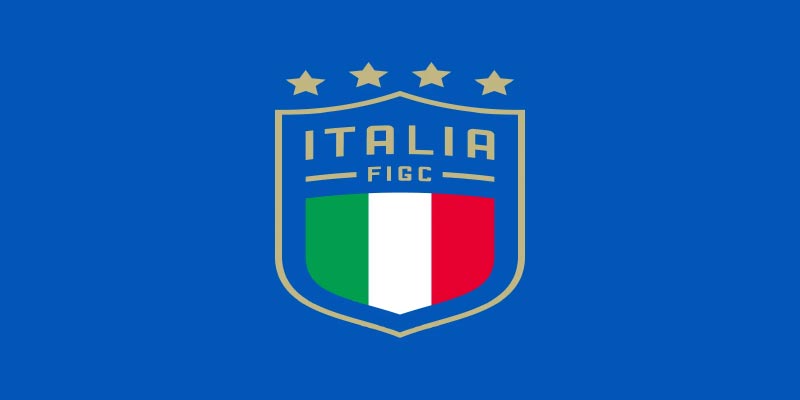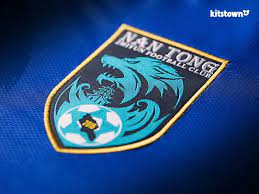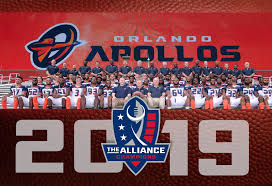
Italy FC: The Legendary Giants Behind Football
Italy FC shines as a symbol of football excellence, blending passion and legacy on every field. This legendary team has secured multiple World Cup wins, thrilling fans worldwide. Visit my site: king88 vina to explore more about their skill, strategy, and iconic heroes who have shaped football history.
The Evolution of Italy FC’s Tactics
Italy FC‘s approach to the game has evolved significantly since its inception. From the classic catenaccio style to their modern, fluid tactics, the evolution reflects broader trends in football.
The Catenaccio Era
Catenaccio, characterized by a strong defensive setup and counter-attacking play, defined much of Italy’s early footballing philosophy. Coaches such as Nereo Rocco and Helenio Herrera were proponents of this strategy, leading to considerable success through the mid-20th century.
While critics argue that this style emphasized defense over attack, its effectiveness is undeniable. The team’s ability to stifle opponents while capitalizing on rare goal-scoring opportunities led to notable victories in crucial matches.
Transitioning to Attacking Play
However, as football evolved globally, so too did Italy FC’s approach. Starting in the 1980s, there was a gradual shift towards more attacking styles, emphasizing ball possession and creative playmakers.
This transition was notably evident during the 1982 World Cup, where Italy harmonized defensive strength with brilliantly orchestrated attacks, thereby changing perceptions about Italian football. The 1990s and early 2000s continued to see these shifts, incorporating influential players like Alessandro Del Piero and Francesco Totti, who thrived in more expansive setups.
Modern Tactical Innovations
Under recent coaching regimes, Italy FC has embraced a more flexible approach, adapting its tactics based on opponents. The arrival of coaches like Antonio Conte and Roberto Mancini introduced innovative formations and strategies designed to maximize player strengths.
Utilizing a 4-3-3 or 3-5-2 formation, Mancini’s modern Italy emphasizes high pressing, quick transitions, and dynamic wing play. This tactical versatility has enabled Italy FC to compete effectively against diverse opponents, demonstrating a clear understanding of contemporary football dynamics.
Italy FC in International Tournaments
A dominant presence in international tournaments, Italy FC consistently delivers exciting moments and impressive achievements. Read more: đăng nhập king88 about their enduring impact and thrilling performances that inspire generations of players and supporters.
FIFA World Cup Participation
Since their inaugural World Cup in 1934, Italy FC has competed in every tournament except for 1958, achieving remarkable success along the way. With four World Cup trophies (1934, 1938, 1982, and 2006), Italy stands among the elite in football history.
The team’s first two titles, won back-to-back, established Italy as a footballing powerhouse. These victories were marked by tactical discipline and the emergence of legendary players who became household names.
UEFA European Championship Success
Italy FC‘s achievements extend to the European Championships, where they have claimed the title twice (1968 and 2020). The 1968 victory was significant as it demonstrated the team’s resilience and ability to adapt to different styles of play.
The 2020 tournament saw Italy return to the top tier of European competition after several years of rebuilding. Under Mancini’s stewardship, the squad displayed a blend of youth and experience, culminating in a thrilling win against England in the final.
Olympic Performances
Italy FC has also had noteworthy performances in the Olympic Games, where football serves as an important aspect of national pride. Italy secures medals over the years, showcasing the depth of talent in Italian football. While the focus is often on senior tournaments, the Olympics allow younger players to represent their nation and gain invaluable experience.
| Tournament | Year | Result |
|---|---|---|
| FIFA World Cup | 1934 | Champions |
| FIFA World Cup | 1938 | Champions |
| FIFA World Cup | 1982 | Champions |
| FIFA World Cup | 2006 | Champions |
| UEFA Euro | 1968 | Champions |
| UEFA Euro | 2020 | Champions |
Fan Culture Surrounding Italy FC
The passionate fan culture surrounding Italy FC is a vital component of the team’s identity. Fans provide unwavering support, creating an electric atmosphere during matches, whether on home soil or abroad.
Passionate Supporters
Italy boasts one of the most passionate fan bases in the world. From the streets of Rome to Turin’s stadiums, supporters live and breathe the national team. The fervor of fans is particularly apparent during major tournaments, where stadiums reverberate with chants, flags, and colors.
The camaraderie among fans transcends regional differences, fostering a sense of unity that aligns perfectly with the ideals of the national team. This collective identity creates a powerful emotional connection to Italy FC, serving as motivation for players on the pitch.
Historical Rivalries and Fandom
Rivalries play a crucial role in shaping the fan culture surrounding Italy FC. Matches against historical foes like Brazil, Germany, and Argentina evoke heightened emotions and anticipation among fans. These matches tend to attract significant media attention and often feature intense atmospheres, both in the stadium and among supporters.
Social media platforms have further amplified discussions and interactions among fans. They share opinions, engage in banter, and display their love for Italy FC, creating a virtual community that celebrates the team’s history and aspirations.
The Role of Ultras
Italian football is also characterized by the presence of ultras—passionate, dedicated fans who support their teams with unparalleled loyalty. These groups often create choreographed displays, including banners and flags, adding an artistic element to match-day experiences.
While some ultras have been criticized for violent behavior, many maintain a positive influence on the culture surrounding Italy FC. Their commitment, enthusiasm, and dedication serve as a reminder of the deep-rooted traditions within Italian football.



